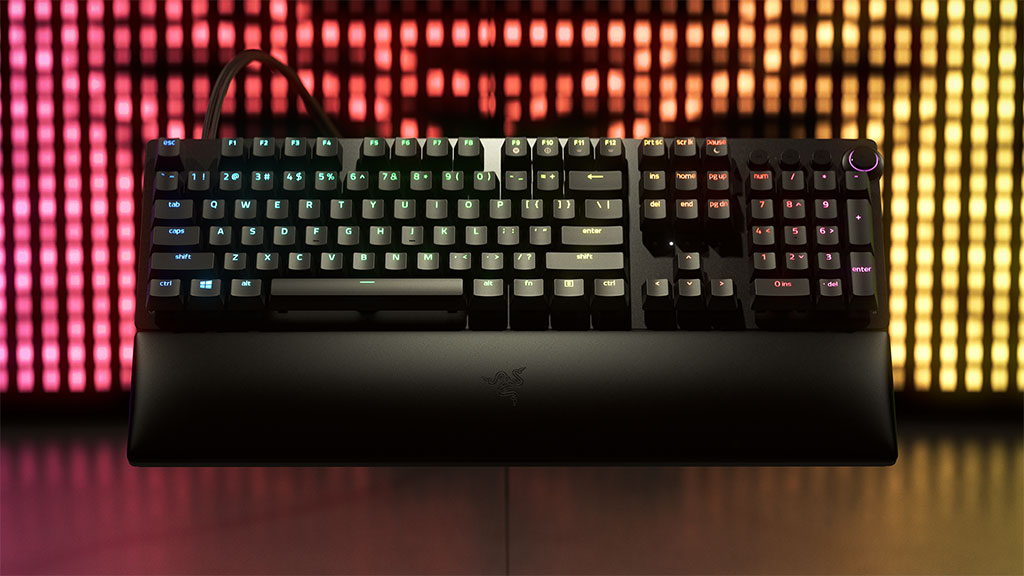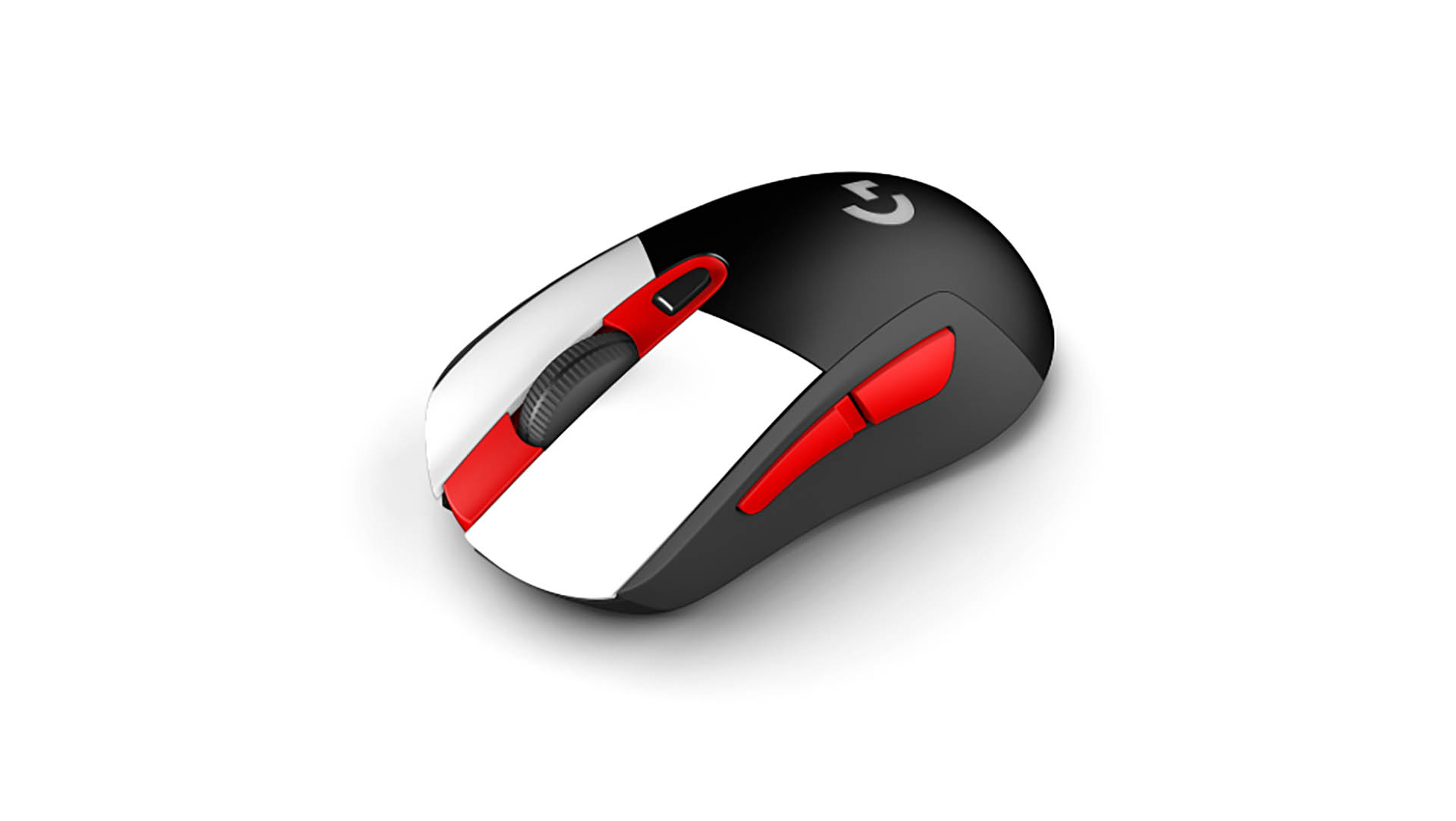Razer's new analog keyboard has launched, but it's not everything we hoped it would be
The new Huntsman V2 Analog enables finer movement control, similar to using a gamepad controller, but software limitations hold it back.

At a glance, it would be easy to mistake Razer's Huntsman V2 Analog for the Huntsman Elite, one of the best gaming keyboards with unique opto-mechanical key switches that work really well. However, it is a very different animal. Underneath the skin are analog optical key switches for a level of input designed to emulate an analog joystick or gamepad.
Put another way, these are pressure sensitive keys, meaning they can discern the difference between a light press and a full mash of the key, and anything in between. In contrast, a typical keyboard just passes along information when a key is pressed and calls it a day.
The key switches are based on Razer's optical switches, which employ a light beam. Instead of simply detecting a disruption to the beam and registering a key press. However, the Huntsman V2 Analog takes things a step further by determining the amount of light that passes through the stem, to recognize varying levels of force.
There are different ways this can be translated to games. One of the most obvious is controlling the speed of your character—a light key press could result in a slow walk, while pressing the key all the way down could make your character sprint across the battlefield, without also having to press a secondary key (like Shift+W).
This is done by using Razer's Synapse software to bind certain keys to standard joystick functions. W for joystick up, for example, and so forth.
We've had a chance to play with the Huntsman V2 Analog for a little while now, but sadly the reality isn't currently living up to the promise. And, as is so often the case, it's not the hardware, it's the software limitations.
Full support for being able to use the Huntsman V2 Analog as a pseudo controller, as well as a keyboard and mouse option, is only really available in games which have been coded to support it. You might get lucky in others, but we've had experiences with single player games where because Windows hasn't prioritized the specific version of the Huntsman we're using properly (it exists as a keyboard in Windows and as both a joystick and controller input) it doesn't register the analog key presses at all.
Keep up to date with the most important stories and the best deals, as picked by the PC Gamer team.
Part of the joy of PC gaming is almost endless backwards compatibility, but if we're not confident our keyboard will always work flawlessly in whatever game we want to play, we're probably not going to care about such luxuries as analog key switches.

We've also had issues where because of that prioritization simply having the Huntsman V2 Analog plugged in disables the use of our Xbox Elite Series 2 in any game bar FIFA.
But the Huntsman V2 also a few other tricks up its sleeve, like customizable actuation points. Players can adjust two separate actuation points from 1.5mm to 3.6mm.

Best gaming mouse: the top rodents for gaming
Best gaming keyboard: your PC's best friend...
Best gaming headset: don't ignore in-game audio
"One keystroke can activate two programmed functions set at two different actuation points. It essentially offers twice as much functionality per keystroke and is suitable for activating advanced combos in games—such as taking out a grenade and throwing it in the same keystroke," Razer explains.
Other features include dedicated media controls, RGB lighting, and USB 3.0 pass-through, with an included USB-C adapter. The keyboard also now features sturdier doubleshot PBT keycaps "due to popular demand."
We're hopeful that future software updates might help Razer's newest keyboard, though pricing is steep—it's available now for $250 (€260), thought we don't quite recommend you pull the trigger on it just yet.
Paul has been playing PC games and raking his knuckles on computer hardware since the Commodore 64. He does not have any tattoos, but thinks it would be cool to get one that reads LOAD"*",8,1. In his off time, he rides motorcycles and wrestles alligators (only one of those is true).


